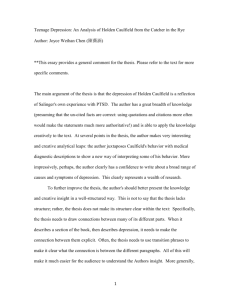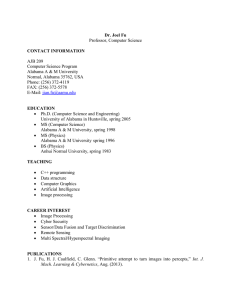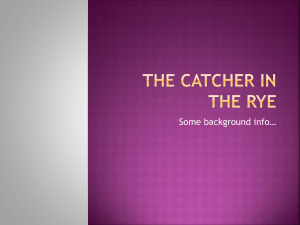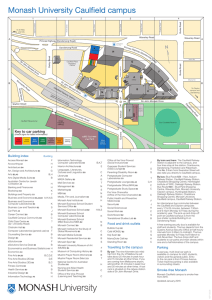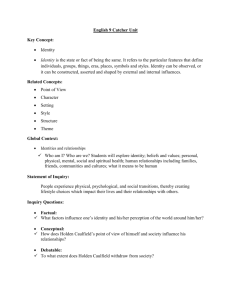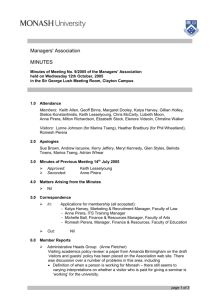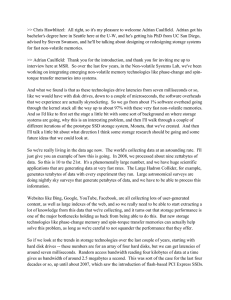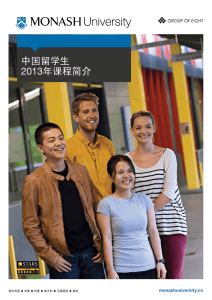The art of explaining science to children Clare Caulfield
advertisement
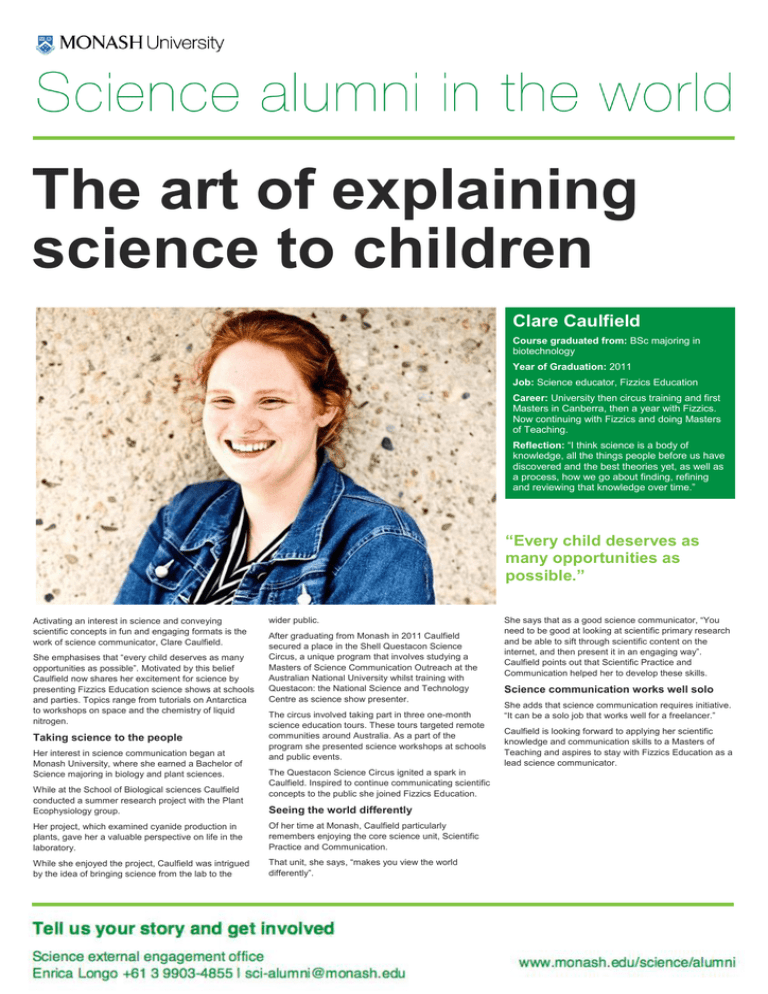
The art of explaining science to children Clare Caulfield Course graduated from: BSc majoring in biotechnology Year of Graduation: 2011 Job: Science educator, Fizzics Education Career: University then circus training and first Masters in Canberra, then a year with Fizzics. Now continuing with Fizzics and doing Masters of Teaching. Reflection: “I think science is a body of knowledge, all the things people before us have discovered and the best theories yet, as well as a process, how we go about finding, refining and reviewing that knowledge over time.” “Every child deserves as many opportunities as possible.” Activating an interest in science and conveying scientific concepts in fun and engaging formats is the work of science communicator, Clare Caulfield. She emphasises that “every child deserves as many opportunities as possible”. Motivated by this belief Caulfield now shares her excitement for science by presenting Fizzics Education science shows at schools and parties. Topics range from tutorials on Antarctica to workshops on space and the chemistry of liquid nitrogen. Taking science to the people Her interest in science communication began at Monash University, where she earned a Bachelor of Science majoring in biology and plant sciences. While at the School of Biological sciences Caulfield conducted a summer research project with the Plant Ecophysiology group. wider public. After graduating from Monash in 2011 Caulfield secured a place in the Shell Questacon Science Circus, a unique program that involves studying a Masters of Science Communication Outreach at the Australian National University whilst training with Questacon: the National Science and Technology Centre as science show presenter. The circus involved taking part in three one-month science education tours. These tours targeted remote communities around Australia. As a part of the program she presented science workshops at schools and public events. The Questacon Science Circus ignited a spark in Caulfield. Inspired to continue communicating scientific concepts to the public she joined Fizzics Education. Seeing the world differently Her project, which examined cyanide production in plants, gave her a valuable perspective on life in the laboratory. Of her time at Monash, Caulfield particularly remembers enjoying the core science unit, Scientific Practice and Communication. While she enjoyed the project, Caulfield was intrigued by the idea of bringing science from the lab to the That unit, she says, “makes you view the world differently”. She says that as a good science communicator, “You need to be good at looking at scientific primary research and be able to sift through scientific content on the internet, and then present it in an engaging way”. Caulfield points out that Scientific Practice and Communication helped her to develop these skills. Science communication works well solo She adds that science communication requires initiative. “It can be a solo job that works well for a freelancer.” Caulfield is looking forward to applying her scientific knowledge and communication skills to a Masters of Teaching and aspires to stay with Fizzics Education as a lead science communicator.
